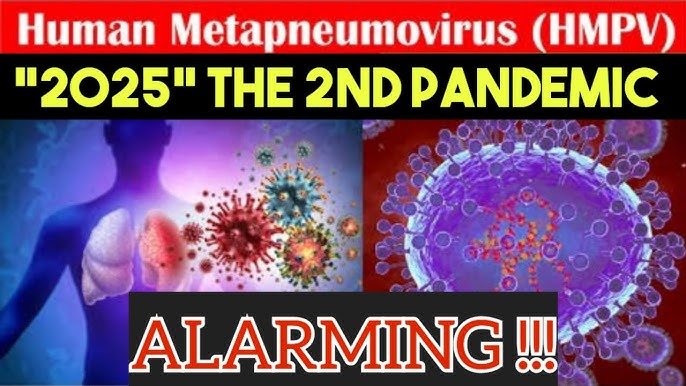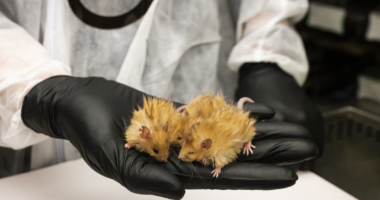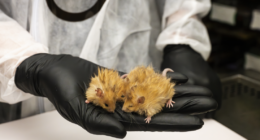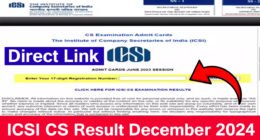Table of Contents Show
In early January 2025, reports emerged of a surge in respiratory illnesses across China, particularly among children and the elderly. Among the viruses identified, Human Metapneumovirus (HMPV) has garnered significant attention. This article delves into the current situation, the nature of HMPV, its symptoms, treatment options, and preventive measures.
Understanding Human Metapneumovirus (HMPV)
Human Metapneumovirus is a respiratory virus first identified in 2001. It belongs to the Pneumoviridae family and is closely related to the Respiratory Syncytial Virus (RSV). HMPV commonly causes upper respiratory infections, presenting symptoms similar to the common cold. However, in certain populations, it can lead to more severe respiratory conditions.
Recent Outbreak in China
In December 2024, China’s National Disease Control and Prevention Administration reported an increase in acute respiratory infections, notably among individuals under 14 years old in northern provinces. Among the pathogens identified, HMPV showed an upward trend. Despite circulating videos and social media posts suggesting overwhelmed hospitals, Chinese authorities and the World Health Organization have not indicated an outbreak of overwhelming magnitude.
Symptoms of HMPV
HMPV typically presents with symptoms akin to the common cold, including:
- Cough
- Fever
- Runny or stuffy nose
- Sore throat
- Wheezing
- Shortness of breath
In severe cases, especially among young children, the elderly, or individuals with weakened immune systems, HMPV can lead to bronchitis or pneumonia.
Treatment and Management
Currently, there is no specific antiviral treatment or vaccine for HMPV. Management primarily focuses on alleviating symptoms:
- Fever and Pain Relief: Over-the-counter medications like acetaminophen or ibuprofen can help reduce fever and alleviate pain.
- Nasal Congestion: Decongestants may provide relief from a runny or stuffy nose.
- Breathing Difficulties: Inhalers or bronchodilators can assist with wheezing or shortness of breath.
- Hydration: Maintaining adequate fluid intake is crucial.
In severe cases, especially when complications like pneumonia arise, hospitalization and supportive care, including oxygen therapy, may be necessary.
Preventive Measures
Preventing the spread of HMPV involves standard respiratory infection control practices:
- Hand Hygiene: Regular and thorough handwashing with soap and water.
- Respiratory Etiquette: Covering mouth and nose with a tissue or elbow when coughing or sneezing.
- Avoiding Close Contact: Steering clear of close interactions with infected individuals.
- Surface Disinfection: Regularly cleaning and disinfecting frequently touched surfaces.
These measures are particularly important in communal settings such as schools and healthcare facilities.
Comparison with COVID-19
Given the global impact of the COVID-19 pandemic, any new reports of respiratory viruses understandably raise concerns. However, it’s essential to distinguish between HMPV and SARS-CoV-2 (the virus causing COVID-19):
- Transmission: Both viruses spread through respiratory droplets, but there is no evidence to suggest that HMPV has the same level of transmissibility as SARS-CoV-2.
- Severity: While HMPV can cause severe illness in vulnerable populations, it does not pose the same pandemic threat as COVID-19.
- Preventive Measures: Standard respiratory infection control practices are effective against HMPV.
It’s crucial to rely on verified information from health authorities and avoid succumbing to misinformation or undue panic.
Global Perspective
HMPV is not unique to China; it is a globally recognized virus that causes respiratory infections worldwide. Seasonal surges are typical, especially during winter months. The recent increase in cases in China aligns with expected seasonal patterns, particularly as societies return to normalcy post-COVID-19, leading to increased exposure to various pathogens.
The recent rise in HMPV cases in China is a reminder of the ever-present nature of respiratory viruses and the importance of public health vigilance. While HMPV can cause illness, especially in vulnerable populations, it does not currently pose a pandemic threat akin to COVID-19. Adhering to preventive measures, staying informed through credible sources, and seeking medical attention when necessary are key steps in managing and mitigating the impact of such viruses.
FAQs
HMPV is a respiratory virus that causes symptoms similar to the common cold. It can lead to more severe respiratory illnesses in young children, the elderly, and individuals with weakened immune systems.
HMPV spreads through respiratory droplets when an infected person coughs or sneezes. It can also spread by touching surfaces contaminated with the virus and then touching the face.
Currently, there is no vaccine available for HMPV. Preventive measures focus on standard infection control practices.
If you experience mild symptoms, rest, stay hydrated, and use over-the-counter medications to alleviate discomfort








